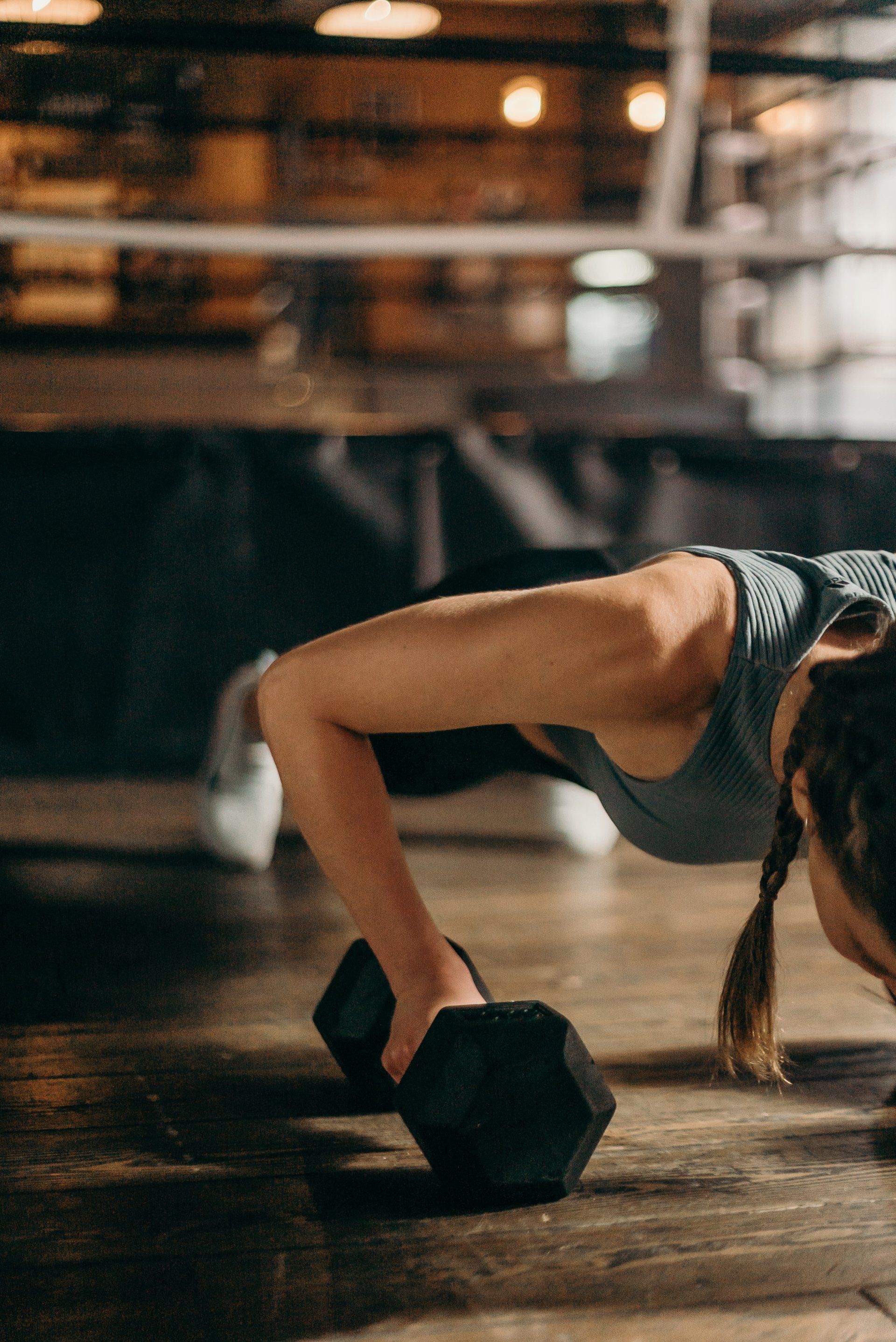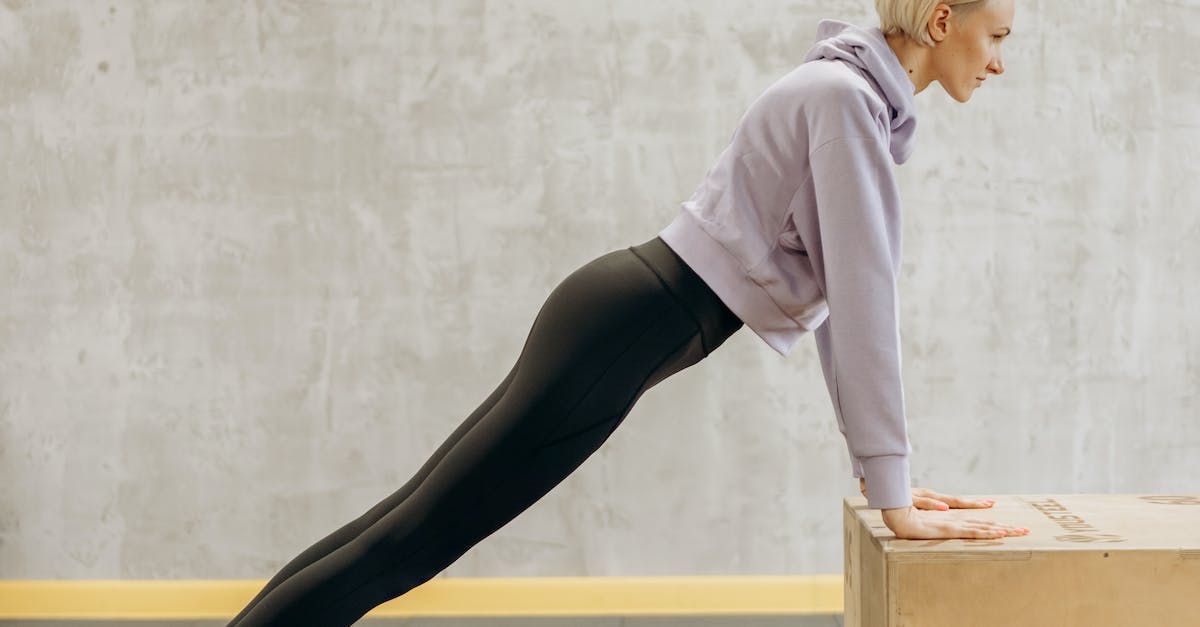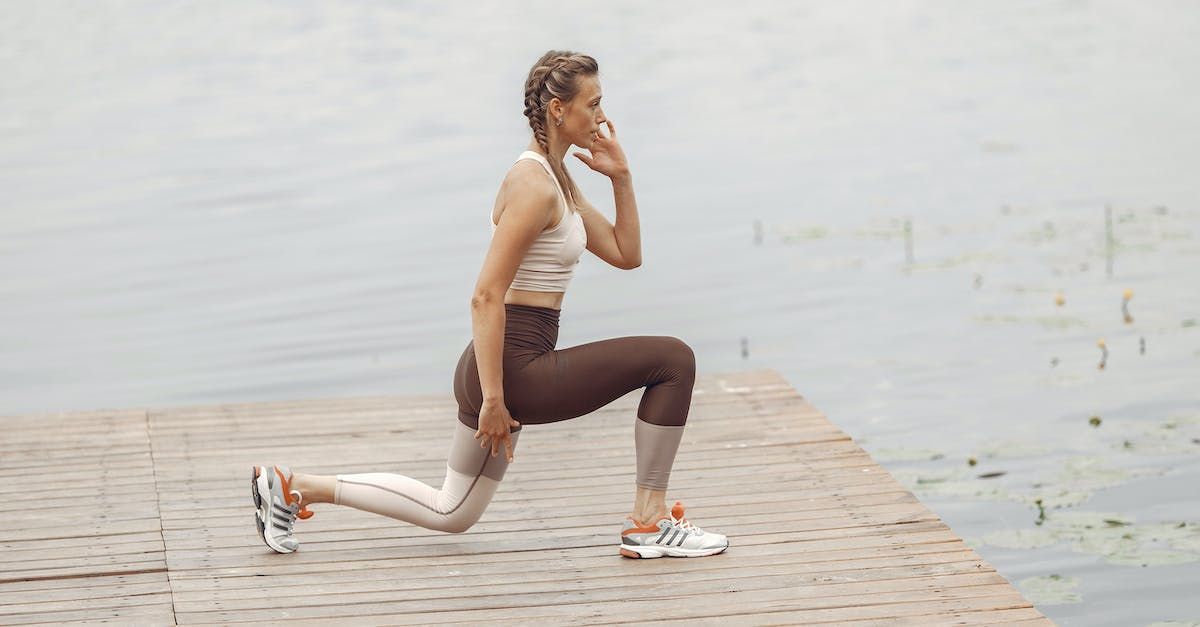Take Control of Your Shoulder Health with These Two Exercises
The Importance of Shoulder Strengthening

Progressive Strengthening For Your Shoulder:
Shoulder injuries can arise from various factors, including insufficient strength/endurance leading to movement compensation or muscle imbalance, overuse in training, poor form, or trauma. Taking control of what you can influence is key to preventing and addressing these issues. Strengthening your shoulder muscles, particularly the rotator cuff, is a crucial step in enhancing stability and avoiding pain or flare-ups.
First Line of Defense:
Focus on strengthening the deltoids, the prime mover of the shoulder. One strengthening strategy that minimizes the risk of form breakdown is performing the movement in a partial range of motion. In this case, consider incorporating the Half-Kneeling Landmine Incline Press to effectively target and strengthen these muscles.
Second Line of Defense:
When the delts reach their limit, compensation through changes in form becomes inevitable. Unfortunately, this can cause increased stress on the rotator cuff. Knowing that this occurs to everybody, I find it is more important to be aware and be prepared, rather than worry about if your form is picture perfect. This means that strengthening your rotator cuff is vital to help prevent injury or prolonged discomfort overtraining and compromised form. The Elbow-Supported External Rotation is a top-notch shoulder exercise that can effectively isolate the rotator cuff.
How Strong Should I be? The Standards:
- Landmine: Generally, aim to progress until you can strict press 84% of your body weight.
- Rotator Cuff: Generally, work towards achieving 20 reps at 8% body weight for women or 10% body weight for men.
*I think these numbers would work for 80% of individuals. These standards may be too high for heavier individuals or too low for high-level athletes.
These Numbers Are NOT a Starting Point
- Establish your own starting point, anywhere between 0-25# on the landmine and 1-5# on the rotator cuff.
- Set a volume goal per session, ranging from 25-100 reps, 2-3 times per week for each arm and exercise.
- Maintain a detailed log tracking the session number, total repetitions in a session, and weight used in that session in a spreadsheet.
- Increase total reps every three sessions by 10-20%. On the fourth session, reduce your repetitions back down to 25 total reps but introduce a slight weight increase - 2.5-5# for landmine, 1-2.5# for the rotator cuff. Repeat this cycle.
*It is ok if you need more than 3 sessions at the same weight! If you feel like you aren't ready to progress weight by the 4th session then just keep increasing reps until you are ready!
Measure Your Progress:
Track your progress diligently, and over time, you'll witness improvements. It may take over three months (or 24-30 sessions) to meet the movement standards. Remember, a gradual and consistent approach is the key to success!
Extra Information: Get Qualified Supervision if You Need Help!
What Is the Rotator Cuff?
The rotator cuff is a group of four muscles and their tendons that surround the shoulder joint. These muscles include the supraspinatus, infraspinatus, teres minor, and subscapularis. The tendons of these muscles form a "cuff" that covers the head of the humerus (upper arm bone) and helps to stabilize the shoulder joint.
The rotator cuff plays a crucial role in shoulder movement and stability. It is involved in various arm movements, such as lifting and rotating the arm. Injuries to the rotator cuff are relatively common and can result from overuse, trauma, or degenerative changes over time. Rotator cuff tears or inflammation can cause pain, weakness, and limited range of motion in the shoulder. Treatment may involve rest, physical therapy, and in some cases, surgical intervention.
What Does Physical Therapy For The Rotator Cuff or Shoulder Involve?
Physical therapy for the rotator cuff or shoulder typically involves a combination of exercises, stretches, and other therapeutic techniques to improve strength, flexibility, and function. The specific approach may vary depending on the individual's condition, the severity of the injury, and other factors. Here are some common components of physical therapy for the rotator cuff or shoulder:
- Range of Motion Exercises: Gentle exercises are prescribed to improve the range of motion in the shoulder joint if you are experiencing limitations.
- Strengthening Exercises: Targeted exercises to strengthen the muscles of the rotator cuff and surrounding areas are important. This helps to improve stability and support for the shoulder joint. Common exercises include lifts and presses, external and internal rotation exercises, and shoulder blade muscle strengthening.
- Stretching Exercises: Stretching can be beneficial to maintain or improve flexibility. Stretching the muscles around the shoulder can help prevent stiffness and improve overall joint comfort.
- Dry Needling: Physical therapists may use dry needling as a technique to address trigger points and muscle tightness. This involves inserting thin needles into specific areas of the muscle to release tension and promote healing.
- Manual Therapy: Hands-on techniques like massage, joint mobilization, or soft tissue mobilization may be used by physical therapists to improve tissue flexibility and reduce muscle tightness.
- Posture Correction: Addressing posture issues that may contribute to shoulder problems is often a part of physical therapy. This may involve exercises and education on maintaining proper posture during daily activities.
- Functional Training: Depending on the individual's needs, functional activities and sport-specific exercises may be incorporated to ensure a smooth transition back to regular activities.
- Education: Patients are educated on proper body mechanics, ergonomics, and strategies to prevent future injuries. This includes guidance on home exercises and self-care.
It's important to note that the specific treatment plan will be tailored to the individual based on their diagnosis and assessment by the physical therapist. Compliance with the prescribed exercises and consistency with the therapy program are crucial for achieving positive outcomes.


